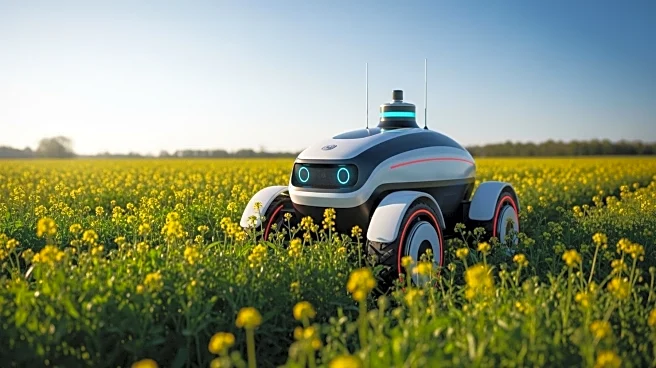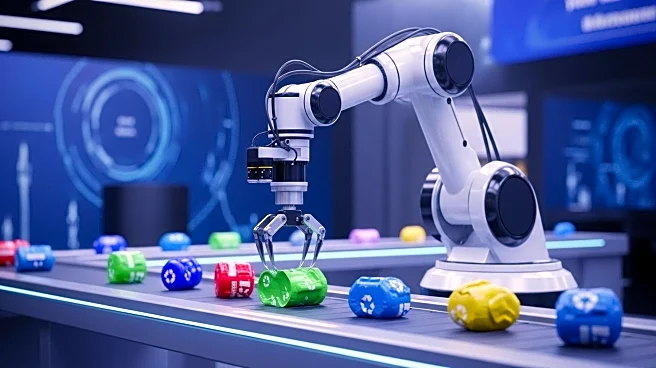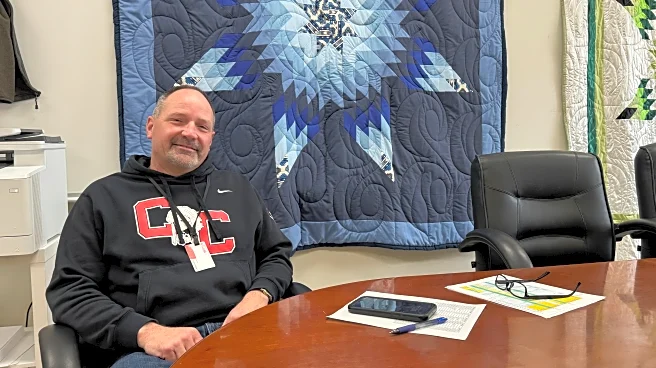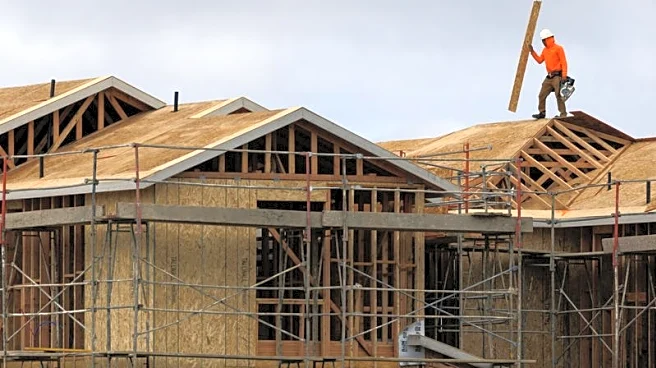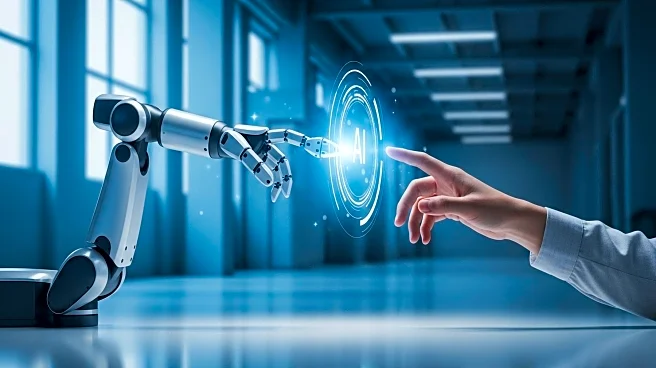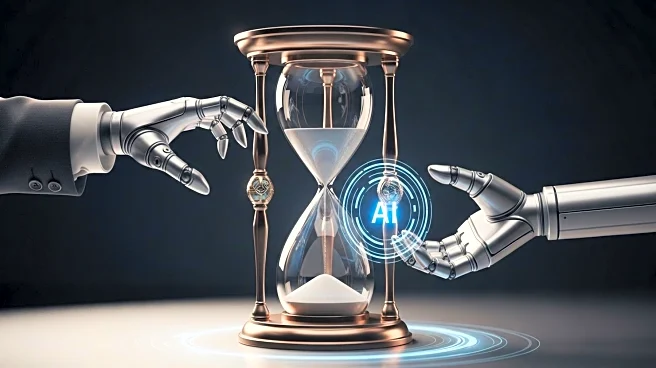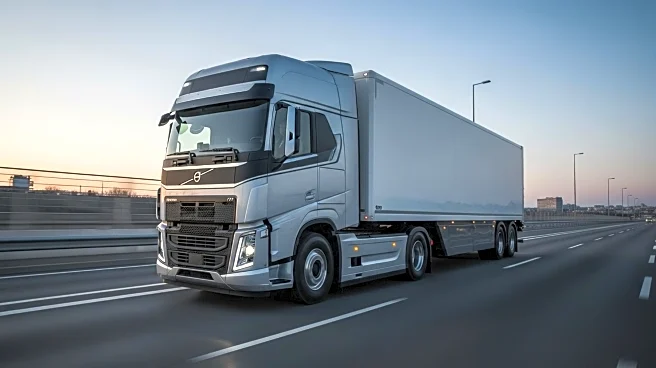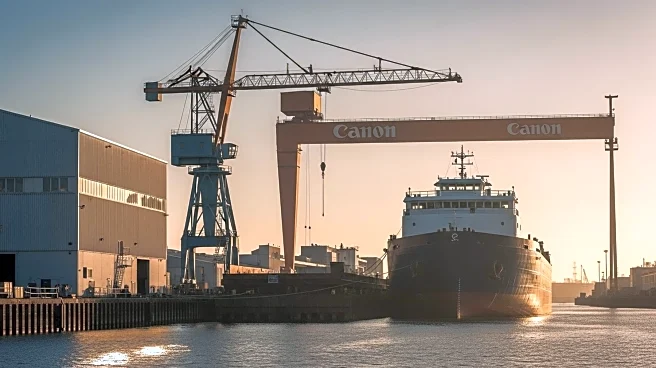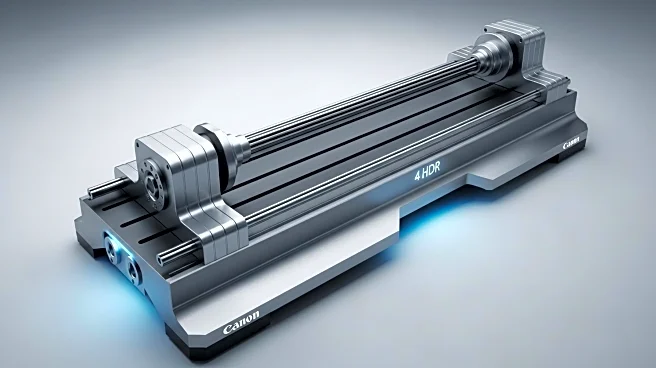What's Happening?
Lucid Bots, a company backed by Y Combinator, has launched new painting and coating capabilities for its Sherpa Drone, originally designed for cleaning building exteriors. The Charlotte, N.C.-based company, founded in 2018, engineers and manufactures AI robotics for demanding tasks. Lucid Bots has surpassed 500 robots deployed, marking a significant milestone. The Sherpa Drone can now paint exterior features using an automated path, enhancing efficiency and safety in commercial painting. The company aims to address labor shortages in the construction industry by providing automation solutions that reduce costs and increase productivity.
Why It's Important?
The introduction of AI-driven painting capabilities by Lucid Bots is significant as it addresses the growing demand for infrastructure development in the U.S. amidst a workforce shortage. With over 40% of construction workers expected to retire by 2031, automation offers a solution to maintain productivity and safety in the industry. Lucid Bots' technology allows for faster project completion at reduced costs, potentially transforming the commercial painting sector valued at $237 billion. The company's approach to embodied AI could redefine how essential work is conducted, offering a technological leap at a critical time.
What's Next?
Lucid Bots plans to continue expanding its capabilities and increase the autonomy of its drones. The company aims for a single operator to deploy multiple drones simultaneously, further enhancing efficiency. As demand for the Sherpa Drone's painting module exceeds expectations, Lucid Bots is poised to play a significant role in the re-industrialization of America. The company will likely focus on scaling its operations and exploring new market verticals to meet the infrastructure buildout demands.
Beyond the Headlines
The convergence of robotics and AI in practical applications like commercial painting highlights broader implications for the future of work. Lucid Bots' technology not only improves safety and productivity but also represents a shift towards automation in industries traditionally reliant on manual labor. This development raises questions about the future workforce and the role of AI in reshaping job markets, potentially leading to new opportunities and challenges in labor dynamics.

